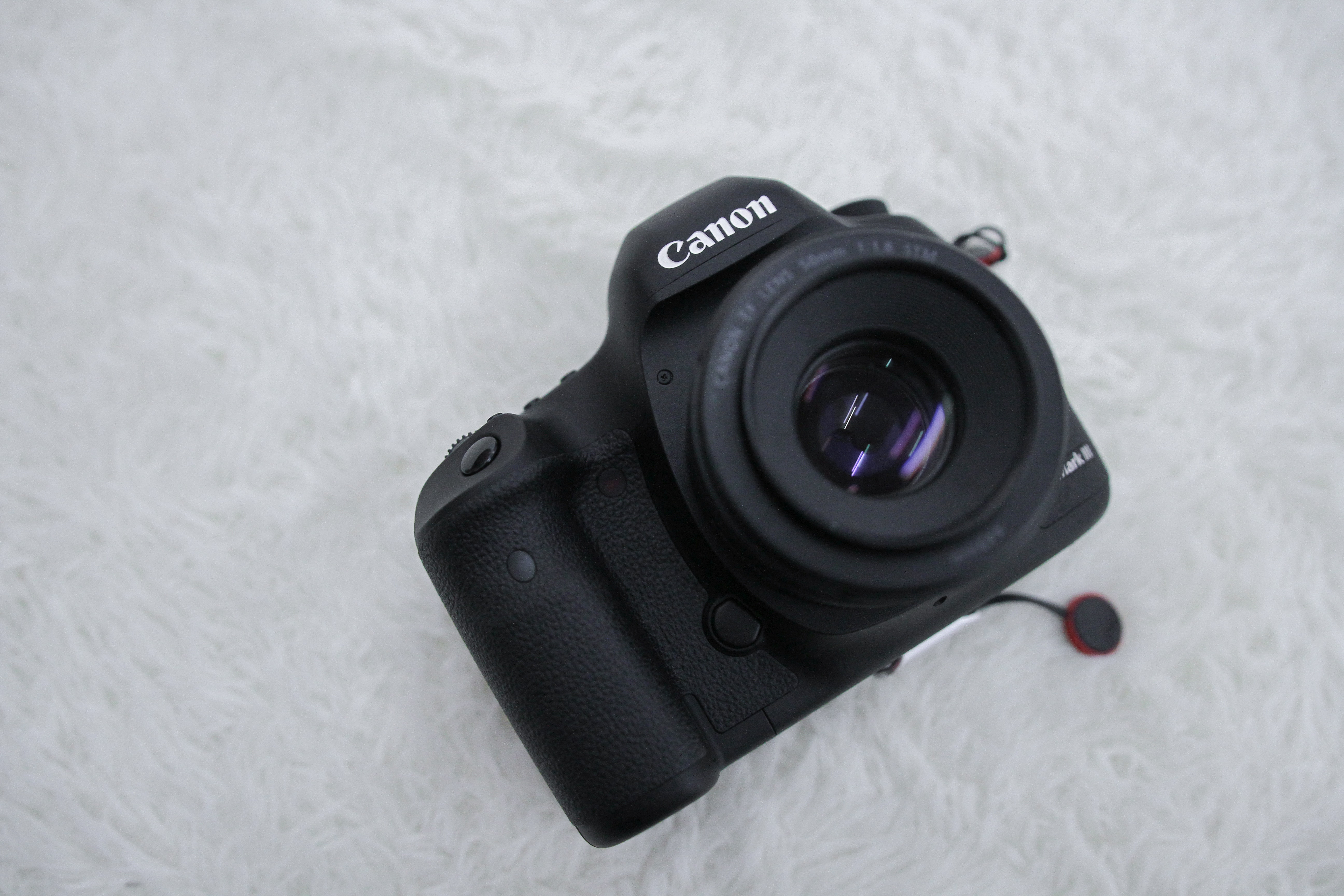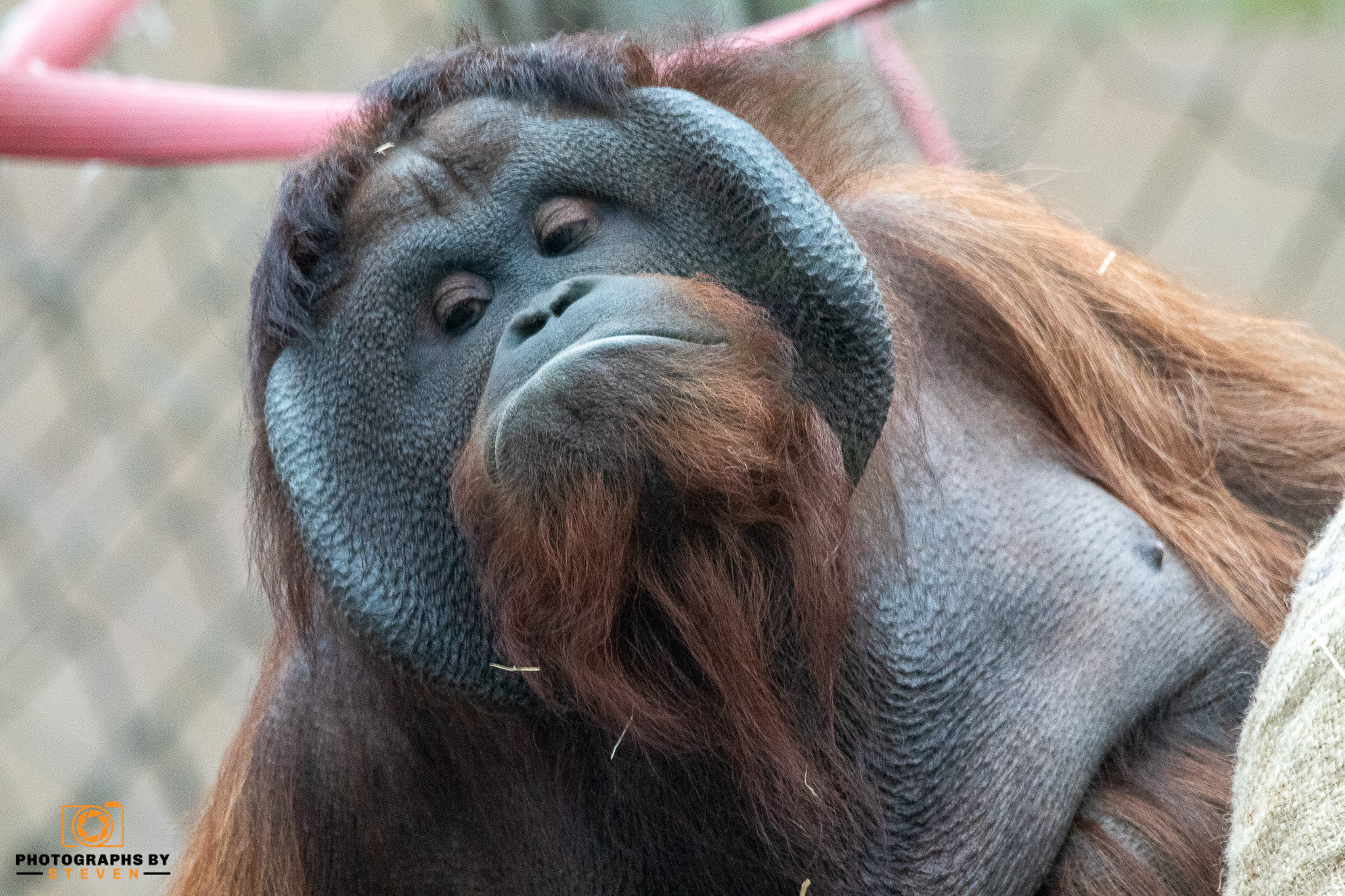Examine the Image Quality setting in your camera's menu. Most cameras allow you to set that setting for both RAW and JPEG.
JPEGs
A few things happen when your camera creates a JPEG. The first thing is that the camera compresses the image data to reduce file size. A JPEG uses only roughly a fourth of the data captured by your camera, which implies that a significant amount of data is discarded. Some of it is colour data, which is achieved by limiting the number of colours available. The most noticeable effect will be in the highlights and shadows, where some information will be lost.
Camera manufacturers understand that you want your photos to seem sharp and vivid when they come out of the camera. As a result, they will apply various effects to them simultaneously as the JPEG file is being made, such as sharpness, contrast, and saturation.

The Benefits of Shooting JPEGs
a) A Smaller File Size
b) Easily Shareable for Quick Posting
The Drawbacks of Shooting JPEGs
a) Loss of Detail
b) Fewer Color Options
c) Lower Dynamic Range
RAW file
The RAW data is treated and compressed before being kept in the JPEG format if the camera format is set to JPEG.
No processing is done when the camera format is set to RAW, so the file contains more tone and colour information. There is more processing freedom than a JPEG since the file contains more data. A RAW file contains the components for a specific meal, which you can prepare whatever you want, whereas a JPEG is that meal already cooked, and you have less flexibility in adapting it.

The Advantages of Shooting RAW
a) High-Quality Image Files
b) Increased Brightness
c) More Colors in Your Images
d) Higher Dynamic Range
The Limits of the RAW Format
a) A Larger File Size
b) Image Processing is Required
RAW vs. JPEG: So, Which One is Better For You?
Match Your Format with Your Needs
Concentrate on how you intend to use your photos and select a format that best suits your needs. Depending on what you're shooting and how you want your photographs to look, this could entail using RAW and JPEG file types. As needed, switch between the two formats and hit smartly to ensure that you always get fantastic results.

Pick JPEG for Quick and Easy Shots
JPEGs allow you to swiftly capture many photographs and share them without the need for additional processing time.
If you need a quick profile image for social media or want to capture a special moment for the 'gram, JPEGs are the way to go. If you're shooting many photographs in a fast-paced scenario, such as a sports game or a fashion show, and you're confident enough in your exposure, you may use JPEGs and let your camera do the rest.
Go RAW for Detailed, Stylized Shoots
If you're shooting to modify the photographs later, RAW is the way to go. If you're shooting pictures for your photography portfolio and want to spend a lot of time tweaking the white balance, color, and tone until they're perfect, shoot in RAW. RAW may also be ideal for high-fashion, commercial, and creative work. You want the photographs to have a consistent vision or style enhanced with Photoshop or Lightroom capabilities.



Leave me a comment
Thank you for reading my post, if you want to leave a comment, you can do so below.